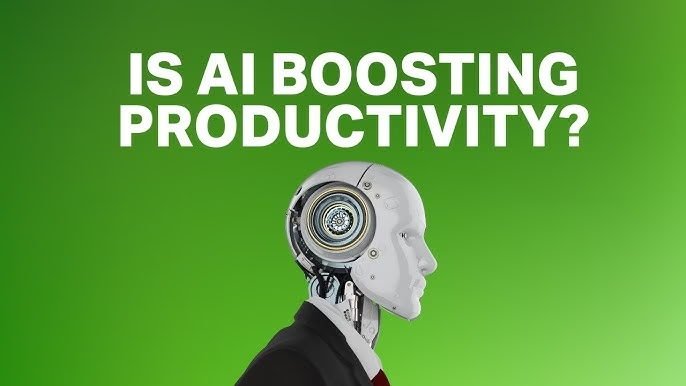There was a time when we all believed that artificial intelligence would free up our schedules and lighten our workloads. But somewhere between the promises and the reality, things got… messy.
According to a survey of 2,500 professionals, 77% said that AI tools like ChatGPT and Copilot actually increased their workload. Nearly half admitted they had no idea how to leverage AI for better productivity.
This disconnect isn’t surprising to those of us working closely with businesses every day. At Arrow PC Network, we’ve watched clients rush to adopt AI with high hopes, only to find themselves buried in more complexity.
So, does AI truly improve productivity? The answer is far from black and white.
What Are We Even Measuring?
Before diving deeper, let’s clarify what we mean by productivity.
At the individual level, it’s how much you get done in a given time—writing reports, solving tickets, handling clients. For organizations, it’s about how efficiently teams hit their goals. And nationally? That’s GDP per hour worked.
In Australia, that last metric has hit a 60-year low—and the government is scrambling to turn things around. Artificial intelligence is being pitched as the way forward.
But big promises need real results. Let’s look at the numbers.
When AI Works And When It Doesn’t
In some cases, AI clearly helps. A 2025 study inside Procter & Gamble found that employees using AI tools matched the output of a two-person team. Consultants at Boston Consulting Group reported an 18% speed improvement on complex tasks. And in one software firm, AI helped support agents resolve 14% more issues per hour—with newer staff showing gains up to 35%.
Sounds great, right?
But then reality hits.
The same research found many professionals felt overwhelmed by AI. Between verifying answers, retraining systems, and managing expectations, AI often adds more friction than it removes. Without proper onboarding, many workers end up doing extra work to “manage the machine.”
Even at the organizational level, success stories are mixed. Some studies show companies gaining measurable output from AI. Others show no real difference—at least not yet.
The Human Cost of Automation
Let’s take a real-world example. When Amazon launched its “Just Walk Out” tech, it promised cashier-less stores powered by AI. But behind the scenes? Reports suggested hundreds of human workers in India were reviewing footage to validate purchases.
This isn’t a rare case. AI often needs invisible human labor to work properly—from data labeling to content moderation. These hidden layers rarely show up in your productivity dashboards.
And that’s something we see often at Arrow PC Network, especially when advising clients on AI-driven automation. If you’re not planning for these hidden costs, you’re not seeing the full picture.
AI and the National Puzzle
At a national scale, AI hasn’t made much of a dent—yet. Some economists argue that major tech shifts take time to ripple through an economy. Think of how long it took the internet to become a real economic driver.
But there’s no guarantee AI will follow the same path.
Unlike the clear productivity boost from, say, cloud computing or robotics, AI’s benefits are harder to measure. It’s not a plug-and-play solution. It depends heavily on the people, the context, and the problem you’re trying to solve.
Faster Doesn’t Always Mean Better
We’ve built a narrative around AI that’s all about speed. Automate emails. Generate reports. Save hours a day. But here’s the uncomfortable truth: speed isn’t always the same as productivity.
Just because you’re responding to emails faster doesn’t mean you’re making better decisions or building better strategies. Sometimes, real productivity comes from slowing down, thinking deeply, and connecting the dots in ways a machine can’t.
What if AI could help us do more of that?
At Arrow PC Network, we believe the true potential of AI lies not in just doing things faster—but in doing the right things better. That’s how AI and organisational productivity actually come together meaningfully.
AI Is a Tool, Not a Magic Wand
AI is powerful. But it’s not automatic.
Real productivity gains don’t come from simply adding AI to your tech stack. They come from aligning tools with human workflows, investing in skills, and building a culture that values smart experimentation.
At Arrow PC Network, we help businesses adopt artificial intelligence in ways that actually drive value—through real-world strategy, structured training, and outcome-focused implementation.
Because in the end, it’s not about whether AI can boost productivity. It’s about whether you know how to make it work for you.






